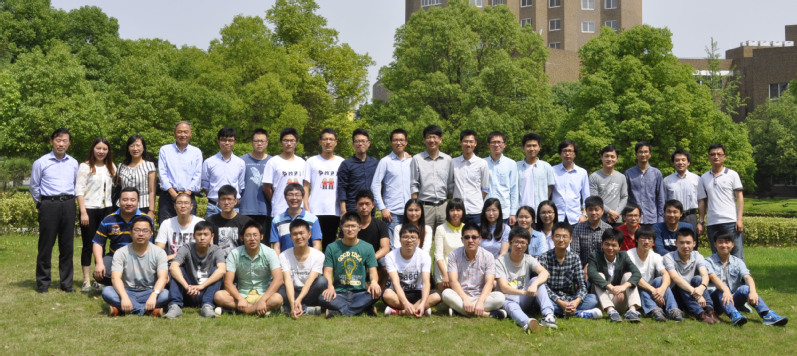Micro and nano engineering laboratory

The Micro-Nano Engineering Laboratory of the University of Science and Technology of China was founded in 1993 by Professor Huang Wenhao. The lab’s research areas include micro-nano devices and systems, scanning probe microscopy and its standardization, piezoelectric ceramic-based microsystem design, manufacturing and measurement technology, femtosecond laser micro-nano manufacturing technology, and nano-manufacturing information platform. There are 3 professors and 6 associate professors. At present, the lab undertakes important scientific research projects including: the 973 project of the Ministry of Science and Technology, the National Natural Science Foundation of China, the National Youth Thousand Talents Project, and the Chinese Academy of Sciences Instrument Project. In recent years, more than 100 papers have been published in the journals Light: Sci & Appl., PNAS, Adv. Mater., ACS Nano., Laser Photon. Rev., Lab Chip, Appl. Phys. Lett., Opt. Lett.
The laboratory has a clean room of about 300 square meters (including thousands of lithography and chemical zones, 10,000 micro-nano processing, laser processing zones and 100,000-level measurement and inspection zones). The device has a double-sided alignment lithography machine, a femtosecond laser micro-nano processing system, an oxidation furnace, an evaporation coating machine, a magnetron sputtering coating machine, a vapor deposition film forming system, a reactive ion etching machine, an ion beam etching machine, Olympus differential interference and fluorescence microscopy, large-scale three-dimensional PI nano mobile stations and multiple sets of scanning probe microscopes. The laboratory has established cooperation with domestic and foreign universities, such as the Autonomous University of Madrid, the University of Tokyo, the University of Osaka, the Institute of Mechanical Technology of the Industrial Technology Institute of Japan, the University of Arizona, the University of Arizona, and the Institute of Physical and Chemical Research of Japan.
